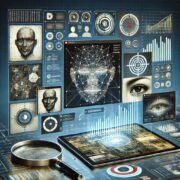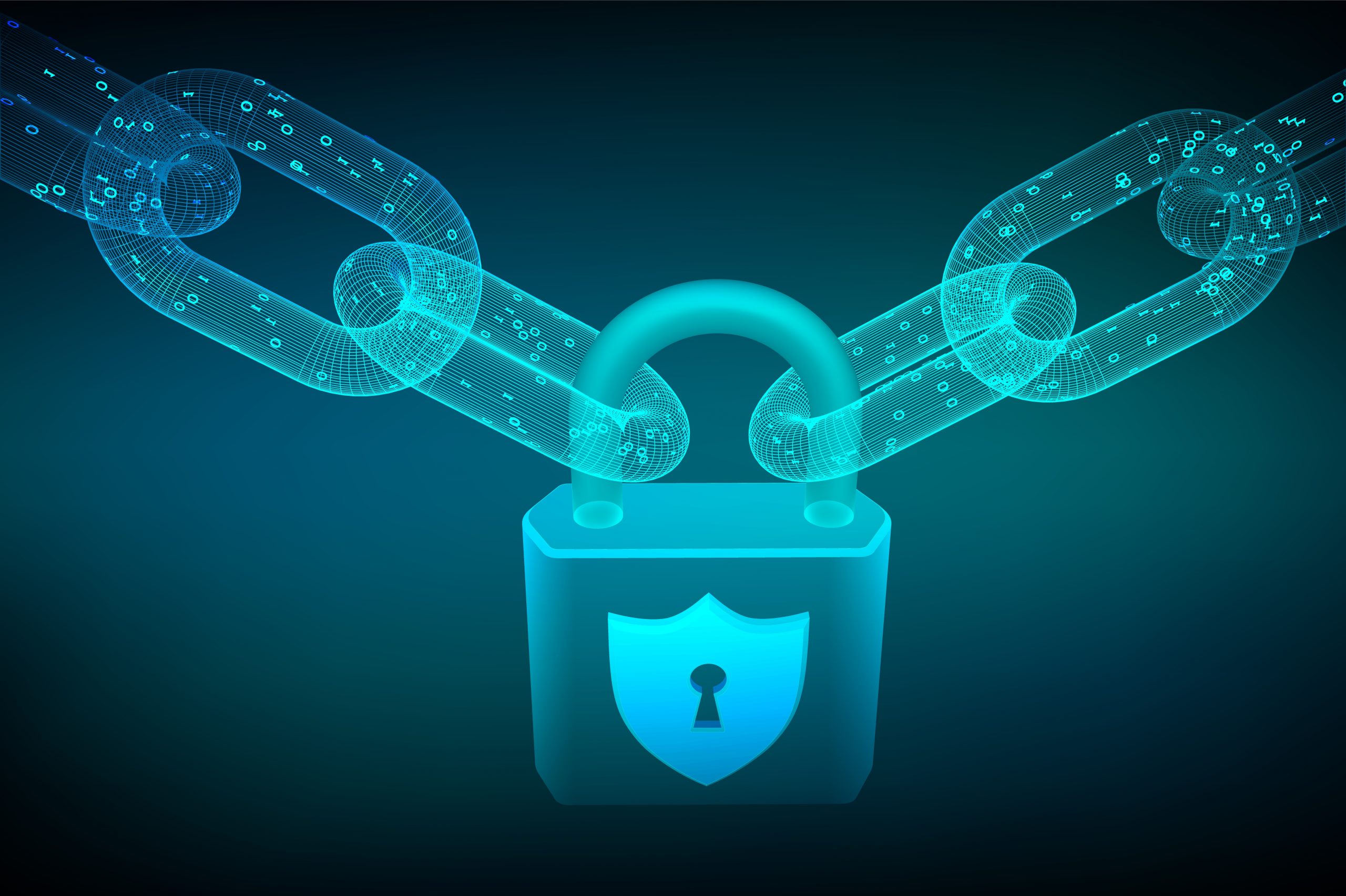Blockchain for dummies: What it is, and how does it work?
In recent years, the topic of life has seemed inseparable from the “blockchain.” From decentralization to digital trust, blockchain has gradually filled the gaps in the original technology and has become an essential part of different fields.
Haven’t you caught up with the blockchain buzz? I have sorted out all the must-know information about blockchain for you, helping you master its principles, technologies, and latest application in this article. Come and learn what blockchain is now!
What is blockchain?
Blockchain should be familiar for those exposed to or know about cryptocurrencies. Because when it comes to cryptocurrencies, blockchain will pop up, but they are not equal. However, newcomers should not be frightened, so we named this blockchain for dummies.
A blockchain is a network and platform for trading and generating cryptocurrency. In addition, blockchain is a technology for decentralized accounting of information. Its main core is decentralization, which makes data more reliable and secure, and everyone can record information together and maintain it collectively.
3 key technologies of blockchain
Although there are three different eras in the history of blockchain development, the key technologies can be summarized into three points:
Decentralized ledger
The content of information data is determined through distributed accounting. The information block is generated after stamping with a timestamp and then sent to each node through distributed propagation to realize distributed storage. No one, no organization, or even any country can control the system by accounting for information in this way.
It cannot be tampered with
The blockchain database allows everyone to stamp each block with a timestamp for accounting. This indicates that the information was written at this time, forming a database that cannot be tampered with and cannot be forged.
Smart contract
The substance of the contract must not be tampered with, and the execution procedure must be open, visible, and credible for smart contracts to run well.
How blockchain works
To understand how blockchains work, let’s separate transactions and blocks, each of which stores a list of previously confirmed transactions. Each block is maintained by each participant (node) with a copy of the blockchain information. And these information accounts are maintained together on their computers, like a decentralized database.
For example, in the Bitcoin blockchain, when a node generates a transaction, the transaction needs to be transmitted to other nodes for verification. The method encrypts the transaction data with a digital signature and obtains a unique hash value representing the transaction through a hash function. It then broadcasts the hash value to other participating nodes in the Bitcoin blockchain network for verification.
Among all the nodes participating in the verification, the node with the fastest calculation result verifies the transaction and then broadcasts its block to other nodes. Other nodes will confirm whether the transactions contained in this block are valid. However, they will accept the block after confirming that they have not been spent repeatedly and have valid digital signatures.
At this time, the block is officially connected to the blockchain, and the data cannot be tampered with. Once all nodes accept the block, the transaction is complete.
Practical applications of blockchain
The development of blockchain has improved many industries, and the application of blockchain has brought various benefits. The following summarizes the changes after the application of blockchain in these sectors.
Banking and Finance
Benefits of using blockchain to replace old procedures and paperwork include reducing human-to-human friction and delays and enhancing operational efficiency across industries such as global commerce, trade finance, clearing and settlement, consumer banking business, loans, and other activities.
Health care industry
In an industry plagued by data breaches, blockchain could help healthcare improve the security of patient data while making it easier to share records among producers, healthcare professionals, and researchers. Most importantly, these data are in healthcare professionals’ hands, thereby increasing industry trust.
Public government system
Blockchain can help the government work more efficiently, citizens can share their data with government agencies more securely, and it can increase trust in the government. Due to the characteristics of blockchain security technology, citizens do not have to worry about data leakage or tampering.
Conclusion
According to Forbes, one of the main risks of blockchain is the lack of a unified benchmark. Since blockchain is in a stage of continuous technological advancement, there are no suitable benchmarks and regulations to follow when using decentralized ledger technology or blockchain technology.









Comments